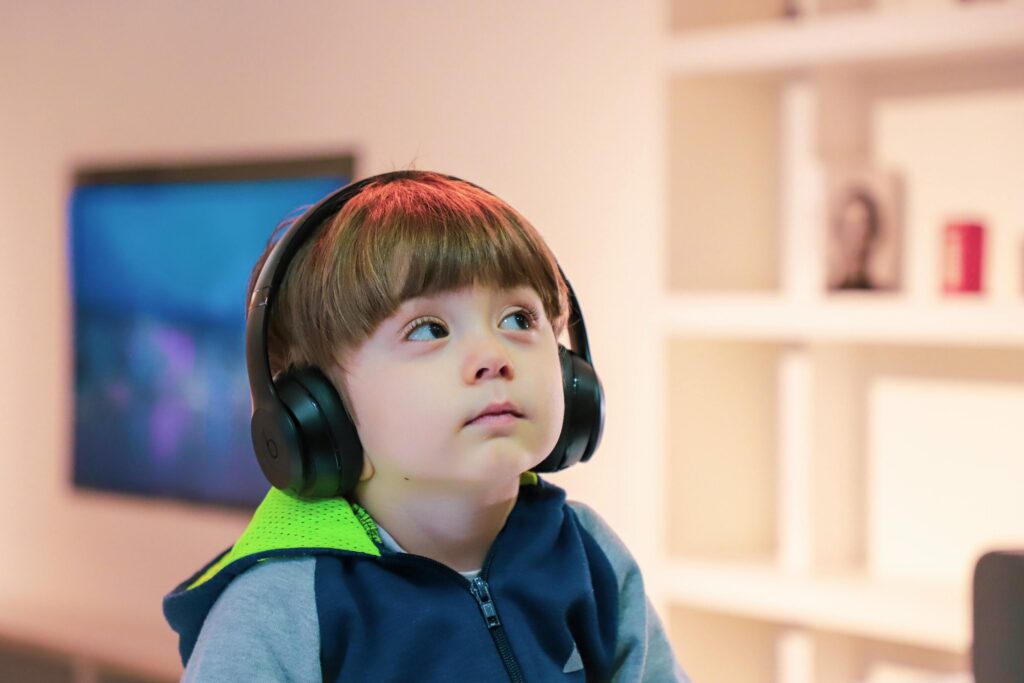What is an IEP?
An IEP is an Individualized Education Program for students who qualify for special education services under at least one of IDEA’s disability categories. To learn more about the meaning of an IEP and the initial IEP process once a student is identified for special education services, click here.
Special Education Eligibility
If you have a student or child struggling in school, or you think there’s a possibility that they could have a disability, then you might be wondering if you need to get an IEP. IEPs are created for students who qualify for special education. To qualify for special education services, the student must have one or more of the disability categories listed in the IDEA, and their disability must have a negative impact on their educational performance. This article lists and explains all of the different disability categories identified in IDEA that would make students eligible for special education.
IEP Disability Categories in IDEA
There are 13 disability categories listed in section 300.8 of IDEA that qualify a student for special education.
- Autism
- Deaf-blindness
- Deafness
- Emotional Disturbance
- Hearing Impairment
- Intellectual Disability
- Multiple Disabilities
- Orthopedic Impairment
- Other Health Impairment
- Specific Learning Disability
- Speech or Language Impairment
- Traumatic Brain Injury
- Visual Impairment
It’s important to note that if a student has one of these disabilities but only needs a service rather than special education, then the student is not classified as a “student with a disability” per the IDEA.
IEP Disability Categories:
Autism
A developmental disability that affects communication and social interactions. Other characteristics include engagement in repetitive behaviors or activities, stereotyped movements, resistance to environmental change or change in routine, and unusual responses to sensory experiences.
Deaf-Blindness
A combination of hearing impairments and visual impairments. This combination severely impacts communication, developmental, and educational needs.
Deafness
A hearing impairment that is so severe it impacts their educational performance through impairing their processing of linguistic information, even with access to amplification.
Emotional Disturbance
A condition with one or more of the following characteristics that lasts from an extended period of time and negatively impacts the child’s educational performance:
- An inability to learn that cannot be explained by intellectual, sensory, or health factors
- An inability to have interpersonal relationships with people
- Inappropriate behaviors or feelings under normal circumstances
- Depression or persistent unhappiness
- A tendency to develop physical symptoms or fears associated with personal problems or school problems
Schizophrenia is included under the category of Emotional Disturbance, however the student will only qualify if the disorder negatively impacts their educational performance.
Hearing Impairment
A permanent or fluctuating impairment in hearing that negatively impacts the student’s educational performance, but is not included under the definition of the deafness disability category.
Intellectual Disability
General intellectual functioning that is significantly below average in addition to deficits in adaptive behavior that adversely affects the child’s educational performance.
Multiple Disabilities
A combination of impairments that causes such significant educational needs that they cannot be served in special education programs solely for one of the impairments. These impairments must be 2 of the other 12 disability categories listed under IDEA. Deaf-blindness is not included in this category as it has its own.
Orthopedic Impairment
Orthopedic impairments that negatively impact educational performance caused by congenital anomaly, disease, cerebral palsy, amputations, fractures or burns that cause contractures, etc.
Other Health Impairment
An impairment that negatively impacts the student’s educational performance, and limits the student’s strength, vitality, or alertness, including heightened alertness to environmental stimuli which results in a limited alertness to the educational environment. The impairment is due to chronic or acute health problems such as:
- Asthma
- ADD or ADHD
- Diabetes
- Epilepsy
- A heart condition
- Hemophilia
- Lead poisoning
- Leukemia
- Nephritis
- Rheumatic fever
- Sickle cell anemia
- Tourette syndrome

Specific Learning Disability
A disorder in one or more of the basic psychological processes involved in understanding or in using spoken or written language, that may manifest itself in the imperfect ability to listen, think, speak, read, write, spell, or do mathematical calculations. This disorder includes conditions such as
- Perceptual disabilities
- Brain injury
- Minimal brain dysfunction
- Dyslexia
- Developmental aphasia.
This disability category does not include learning problems that are primarily the result of visual, hearing, motor or intellectual disabilities, emotional disturbance, or of environmental, cultural, or economic disadvantages. The disorder must also have a negative impact on the student’s educational performance.
Speech or Language Impairment
A communication disorder that adversely impacts the student’s educational performance. This could include stuttering, impaired articulation, a language impairment, or a voice impairment.
Traumatic Brain Injury
An acquired injury to the brain caused by an external physical force, resulting in total or partial functional disability and/or psychosocial impairment, that adversely affects a child’s educational performance. This applies to open or closed head injuries resulting in impairments in one or more areas:
- Cognition
- Language
- Memory
- Attention
- Reasoning
- Abstract thinking
- Judgment
- Problem-solving
- Sensory, perceptual, and motor abilities
- Psychosocial behavior
- Physical functions
- Information processing
- Speech.
Traumatic brain injury does not apply to brain injuries that are congenital or degenerative, or to brain injuries induced by birth trauma.
Visual Impairment
An impairment that even with correction adversely affects the student’s educational performance. This includes both partial sight and blindness.

IEP Disability Categories: How to Get an IEP:
To learn more about how to get an IEP once you know your student qualifies for special education under one or more of the 13 disabilities listed above, check out our article How to Get an IEP: Initial Process [coming soon].

